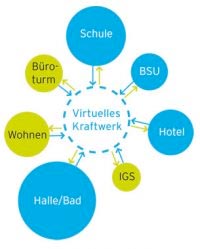A virtual power station - in the network of synergies
Integrated Energy Network Wilhelmsburg Central

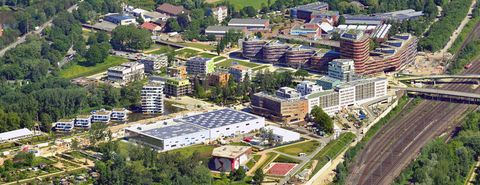

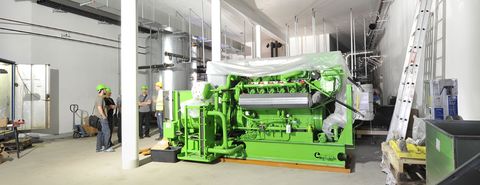

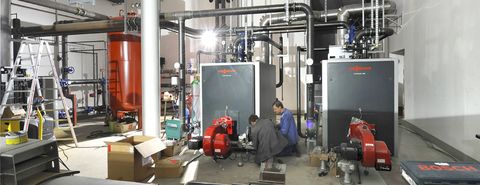

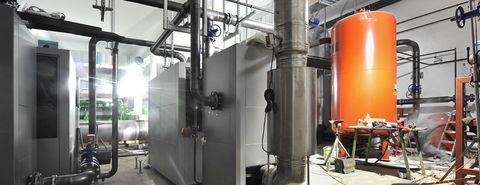

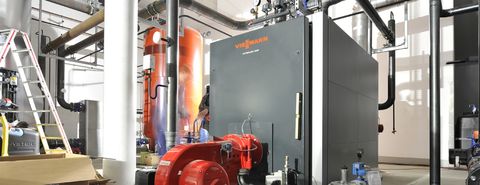

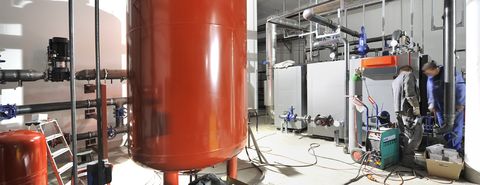
Integrated Energy Network Wilhelmsburg Central
The “Energieverbund Wilhelmsburg Mitte” (Integrated Energy Network Wilhelmsburg Central) consists of a number of interconnected power generation plants located in various buildings that form a large “virtual” power station. All nearby residents can feed renewable thermal energy into this thermal grid.
The “Energieverbund Wilhelmsburg Mitte” (Integrated Energy Network Wilhelmsburg Central) is making a major contribution to energy supply efficiency and therefore climate protection on the Elbe Island. Most of all, the Integrated Energy Network is a real project of innovation, which was probably only possible within a framework of an international building exhibition. By opening the heat grid of HAMBURG ENERGY to feed renewable heat from the residents nearby, experiences in relation to a decentral heat grid were gathered for the very first time and were examined scientifically by the research project "EnEff:Stadt — IBA Hamburg". Benefits can be achieved for all by intelligently interlinking of the new buildings.
Grouping users that have different peak consumption periods and energy requirements improves both the security of supply and the carbon footprint, since for example the proportion of solar heat and thermal energy generated from CHP sources may be considerably higher than the specific supply for any one building. Furthermore less plant capacity on aggregate has to be installed, because each individual plant does not have to be rated according to peak demand from “its” (accommodated in the same building) users. This therefore saves money both at the installation and operational stages.
A bio-methane-powered CHP plant operated by HAMBURG ENERGIE provides the bulk of the heat supply and also ensures a basic level of service. Solar heat plants located on suitable roofs and facades for example also feed in energy from renewable sources. The individual “micro power stations” in various buildings are interconnected by HAMBURG ENERGIE via remote control to form a large “virtual” power station, which can react flexibly to participating users’ differing energy needs.
HAMBURG ENERGIE GmbH, which partners with the Ministry for Urban Development and the Environment, project-manages the “Integrated Energy Network Wilhelmsburg Central”.
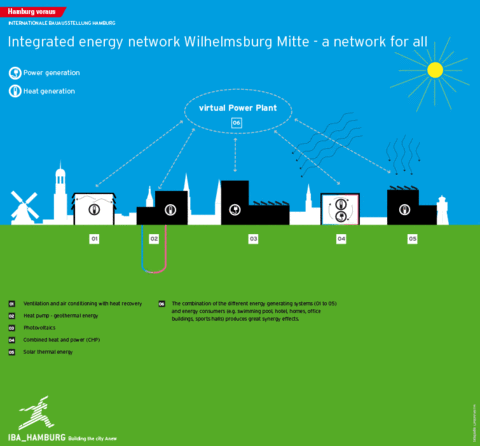
 From the inner city margin to the new centre
From the inner city margin to the new centre
